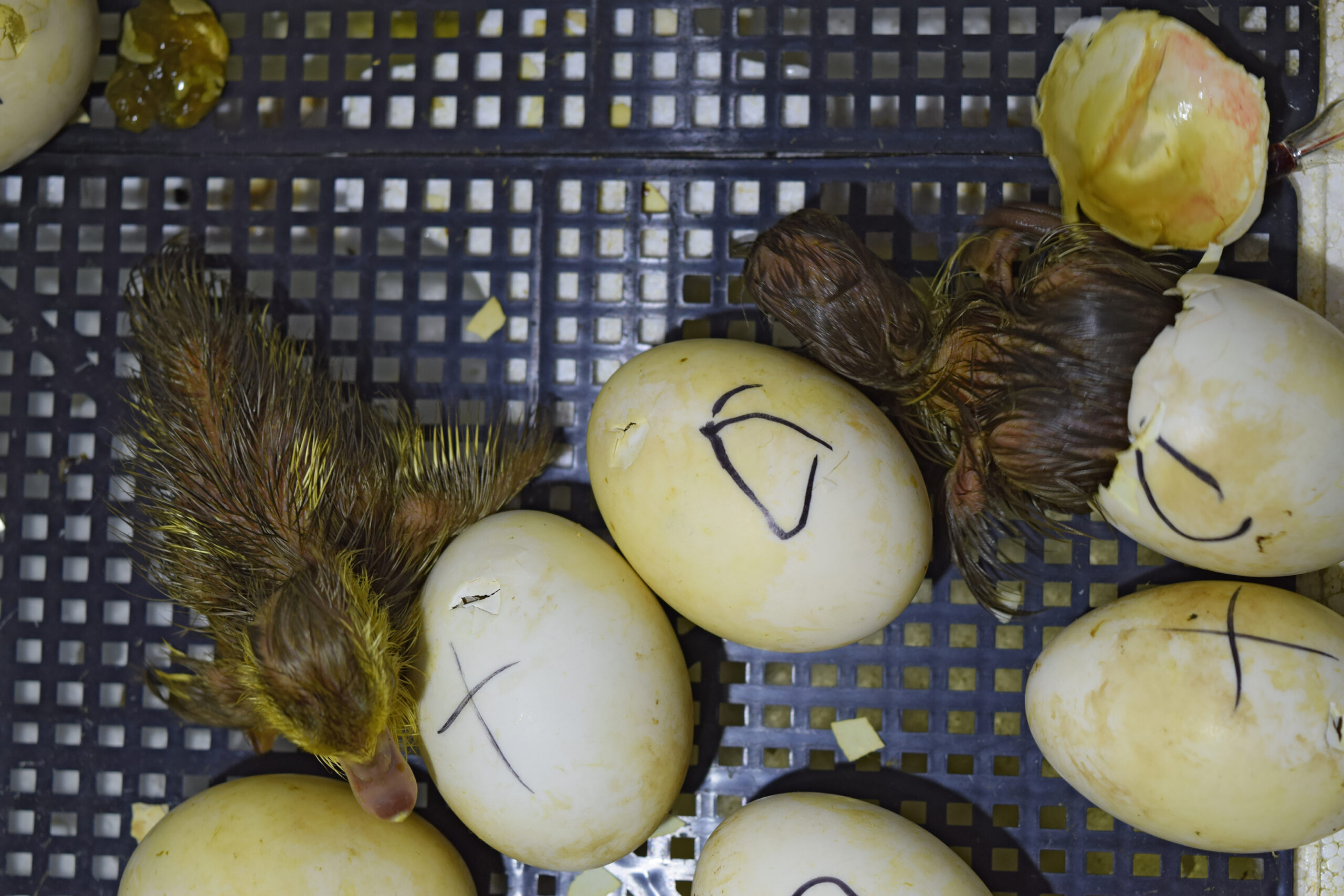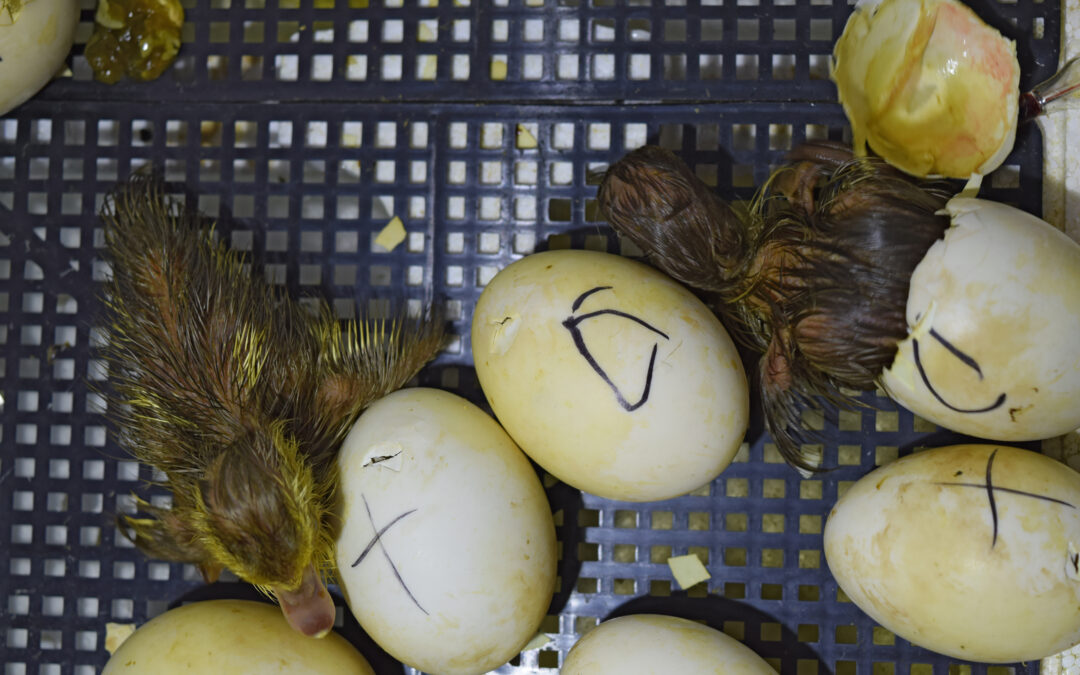Are you tired of spending money on groceries and not knowing where your food comes from? Do you want to reduce your carbon footprint and live more sustainably? If so, home farming may be the answer for you. In this blog post, we’ll explore what home farming is, why it’s beneficial, how to start your own home farm, tips for growing your own food, common mistakes to avoid when starting a home farm, and our final thoughts on home farming.
Introduction to Home Farming
Home farming involves growing crops and raising animals in your backyard or other outdoor space. It can range from small-scale vegetable gardens to larger operations that include livestock such as chickens or goats. The goal of home farming is to create a self-sufficient ecosystem that produces fresh, healthy food while reducing waste and environmental impact.
The Benefits of Self-Sustaining Ecosystems
There are many benefits to creating a self-sustaining ecosystem through home farming. Firstly, you will have access to fresh, organic produce that you know has been grown without pesticides or chemicals. This means better nutrition for you and your family, as well as reduced exposure to potentially harmful substances. Additionally, home farming reduces your reliance on supermarkets and allows you to save money on grocery bills over time.

Another benefit of home farming is its positive impact on the environment. By producing your own food, you reduce the need for transportation and packaging materials associated with store-bought goods. This leads to less pollution and fewer greenhouse gas emissions. Finally, home farming can provide a sense of satisfaction and accomplishment, as you take pride in growing your own food and living sustainably.
How to Start Your Own Home Farm
Starting your own home farm doesn’t require a lot of experience or knowledge. Here are some basic steps to get started:
1. Choose an appropriate location – ideally a sunny spot with good drainage and easy access to water.
2. Decide what you want to grow – consider which crops are best suited to your climate and soil type.
3. Prepare the soil – remove any debris or weeds, add compost or other amendments if necessary.
4. Plant your seeds or seedlings – follow instructions carefully and give each plant enough room to grow.
5. Water regularly – make sure plants receive adequate moisture but don’t overwater.
6. Protect your crop – use natural methods like companion planting or handpicking pests to prevent damage.
Tips for Growing Your Own Food
Here are some additional tips for successful home farming:
1. Use heirloom varieties – these older strains of plants often have better flavor and resistance to disease than modern hybrids.
2. Rotate your crops – alternate between different types of plants each year to prevent depletion of nutrients in the soil.
3. Practice crop diversity – grow a variety of crops to ensure a steady supply throughout the season and reduce risk of loss due to pests or weather conditions.
4. Make compost – turn kitchen scraps and yard waste into rich, nutritious soil amendment to improve plant growth.
Common Mistakes to Avoid When Starting a Home Farm
While home farming can be rewarding, there are also potential pitfalls to watch out for. Here are some common mistakes to avoid:
1. Overplanting – don’t try to grow too much at once, especially if you’re new to gardening. Focus on a few key crops and expand later.
2. Neglecting maintenance – regular care is essential to keep plants healthy and productive. Don’t let weeds or pests get out of control.
3. Not providing enough water – underwatering can stunt growth and lead to poor yields, while overwatering can cause root rot and other problems.
Conclusion and Final Thoughts on Home Farming
In conclusion, home farming offers numerous benefits including fresh, healthy food, reduced environmental impact, and increased self-sufficiency. With careful planning and attention to detail, anyone can successfully grow their own food and create a thriving ecosystem in their yard. Whether you’re looking to supplement your grocery budget or live off the grid entirely, home farming could be the solution you’ve been searching for.





